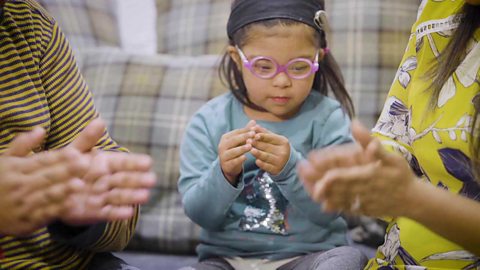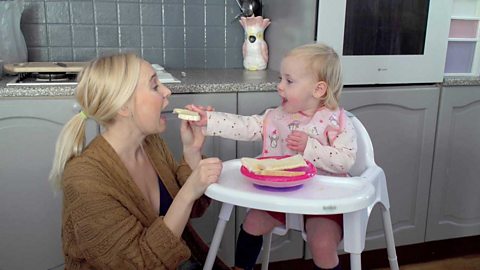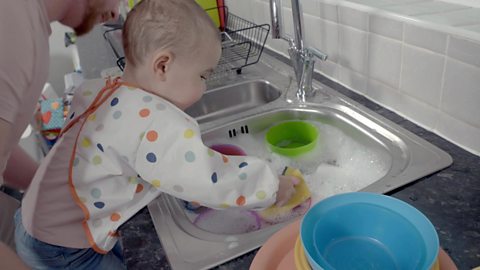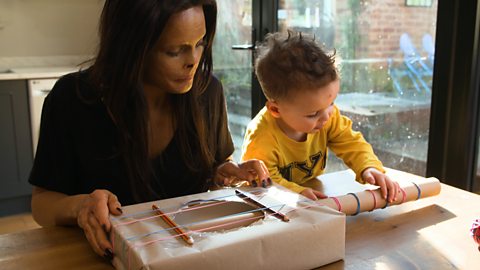Creating your own texture book or board is a great idea for hands-on play for both sighted and partially-sighted children.
Touch helps children gain an understanding of what objects are and what they feel like.
The video below is packed full of inspiration of what you can stick in your texture book.
Why is it important for children to feel different textures?
Using a texture book will help your child get to know what words like sticky, prickly, silky and fluffy actually feel like against their skin, even if theyβre not able to verbally communicate what theyβre experiencing, liking or disliking.
As you play, talk to them about the different ways the different things feel, for example, 'fluffy' cotton wool and 'crunchy' tin foil.
Learning through touch and texture is also a great opportunity to strengthen your childβs motor skills. Gripping, holding, squeezing or poking will help children strengthen the muscles in their body, and also develop stronger hand-eye coordination.
With any craft activity, keep an eye on your little one at all times to make sure you know what's in their tiny hands and mouths.
Experiencing different textures is an important part of your baby's sensory development. Find out more about the importance of sensory play.
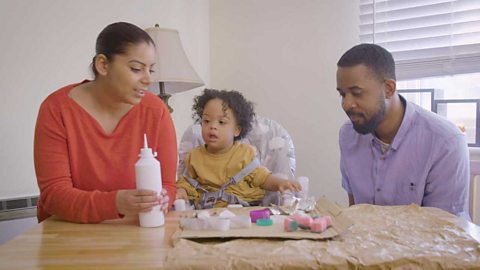
Image caption, Making a texture board or book together is a great way to introduce words for different textures.
1 of 5
How to make a texture board or book
Making a texture board or book is a fun activity you can do with your little one. First, you'll need to get a piece of card. We recommend using part of a cardboard box as it'll be stronger. If you don't have any available, a piece of paper or unused pages from a newsletter could also work.
Once you've cut out the piece of card, you can then start to stick or add things to it with your little one. As you do, tell your child what it is and use as many descriptive words as you can. For example, 'It's a green, pasta elephant!' or 'It's a fluffy piece of cotton wool.'
Encourage your child to describe what the objects feel like. You could also ask them what noise they might make, for example, tissue paper makes a scrunching noise or you could tap dried pasta on the card. If you want to go a step further, you could try creating a treasure box with your little one!
This activity is bound to create hours of fun for your little one as well as a great opportunity for them to expand their vocabulary.

